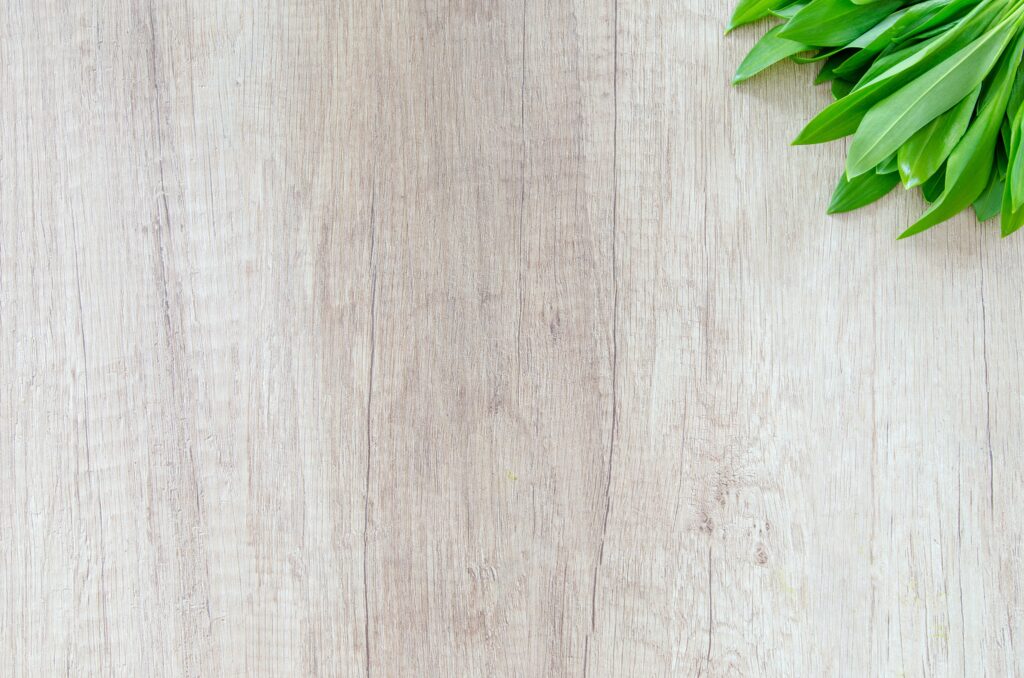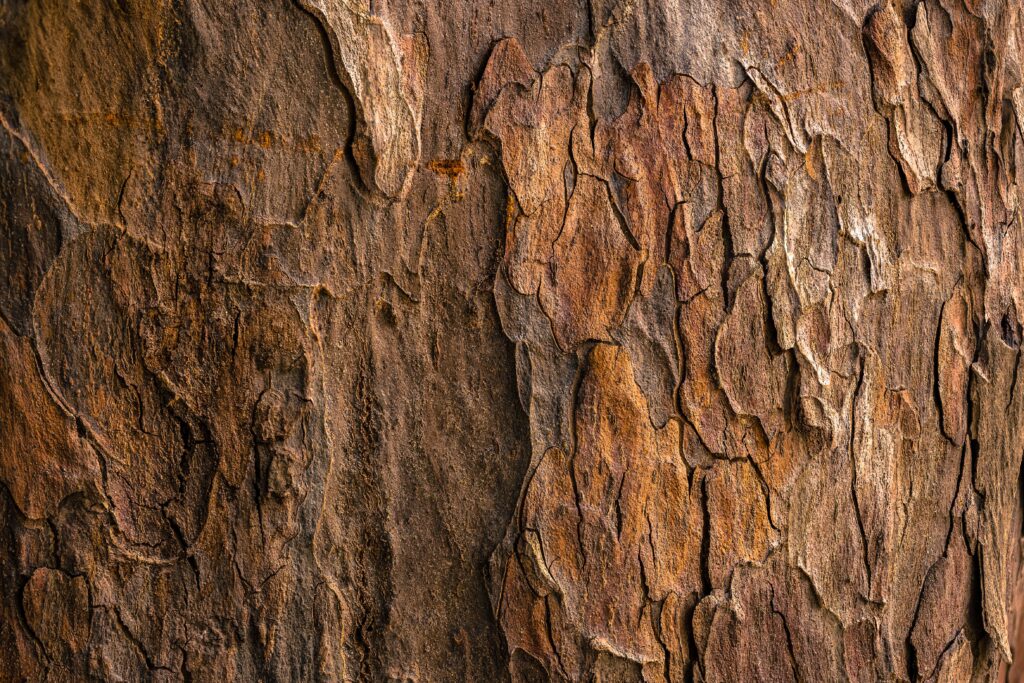Whittling, the art of carving intricate designs into wood using nothing but a sharp blade, has been cherished for centuries. But when it comes to finding the perfect tool for this timeless craft, one may find themselves lost in a sea of options. Fear not, for the ultimate solution awaits. Presenting the “Best Knife For Whittling,” a versatile masterpiece carefully crafted for both seasoned carvers and aspiring artists. With its exceptional precision, ergonomic design, and superior quality, this remarkable tool is set to revolutionize the world of whittling. Let your creativity flow effortlessly with the Best Knife For Whittling, and embark on a journey of exquisite wooden masterpieces. Whittling is a timeless craft that requires skill, precision, and the right tools. And when it comes to the right tool, nothing is more important than the whittling knife. With so many options available on the market, it can be overwhelming to choose the best knife for whittling. But fear not! In this comprehensive article, we will explore the different types of whittling knives, blade materials, blade lengths, handle materials, blade shapes, handle designs, safety features, price ranges, ease of maintenance, and overall performance. By the end of this article, you’ll have a clear understanding of what to look for in the perfect whittling knife.
Types of Whittling Knives
Fixed Blade Knives
Fixed blade knives are the most traditional and durable option for whittling. With their solid construction and lack of movable parts, these knives offer maximum stability and control. The fixed blade design also allows for a longer blade, which is ideal for larger projects that require deeper cuts. These knives often come with a sheath for safe storage and portability.
Folding Knives
Folding knives, also known as pocket knives, are a popular choice for whittling due to their compact and convenient design. These knives feature a blade that folds into the handle, making them easy to carry in your pocket or backpack. Folding knives are versatile and suitable for various cutting tasks. However, their folding mechanism may cause some limitations in terms of blade length and stability compared to fixed blade knives.
Detail Knives
Detail knives are specifically designed for intricate and detailed work in whittling. These knives have a small, pointed blade that enables the carver to make precise cuts and carve intricate patterns effortlessly. The narrow blade also allows for better maneuverability in tight spaces, making detail knives an essential tool for any professional or hobbyist whittler.
Chip Carving Knives
Chip carving knives are specialized tools used for a specific whittling technique called chip carving. This technique involves removing small chips or pieces of wood to create intricate designs and patterns. Chip carving knives have a unique blade shape that allows for precise chip removal. These knives typically have a straight or slightly curved blade with a sharp point, providing control and precision needed for chip carving.
Blade Materials
Carbon Steel
Carbon steel is a popular choice among whittlers due to its exceptional sharpness and edge retention. This material is known for its ability to hold a razor-sharp edge, making it ideal for clean and precise cuts. Carbon steel blades are also relatively easy to sharpen when compared to other materials. However, they are prone to corrosion and require regular maintenance to prevent rusting.
Stainless Steel
Stainless steel is a common blade material in whittling knives due to its excellent corrosion resistance. Unlike carbon steel, stainless steel blades do not rust easily, making them low maintenance. These blades are also known for their durability and ability to withstand tough carving tasks. However, stainless steel may not hold an edge as well as carbon steel and may require more frequent sharpening.
High Carbon Stainless Steel
Combining the best of both worlds, high carbon stainless steel is a popular choice for whittling knives. This material offers the sharpness and edge retention of carbon steel while providing the corrosion resistance of stainless steel. High carbon stainless steel blades are known for their versatility, durability, and ease of maintenance. They offer a great balance between sharpness and rust resistance, making them a practical choice for whittling.

This image is property of images.unsplash.com.
Blade Length
Short Blade
Short blades, typically ranging from 1 to 2 inches, are suitable for small carving projects and intricate detailing. They offer better control and maneuverability, allowing for precise cuts in tight spaces. Short blades are also less intimidating for beginners and provide a gentler learning curve.
Medium Blade
Medium blades, ranging from 2 to 3 inches, strike a balance between control and versatility. They are suitable for a wide range of carving tasks, from small projects to larger pieces. Medium blades allow for greater speed and efficiency in carving while still offering decent control for intricate work.
Long Blade
Long blades, usually ranging from 3 to 4 inches or more, are ideal for larger whittling projects and rough shaping. These blades allow for deeper cuts, making them suitable for removing larger chunks of wood. Long blades provide greater coverage and require fewer strokes to achieve the desired shape.
Handle Materials
Wood
Wooden handles are a classic choice for whittling knives. They offer a traditional look and feel, as well as excellent grip and comfort. Wood handles can be made from various types of wood, each with its unique characteristics. Common woods used for whittling knife handles include walnut, birch, cherry, and oak. Wooden handles may require occasional oiling or waxing to maintain their appearance and durability.
Plastic
Plastic handles are lightweight, durable, and resistant to moisture and chemicals. They are an excellent choice for outdoor use or in wet conditions where wood handles may warp or deteriorate. Plastic handles come in various colors and textures, offering a wide range of options to suit individual preferences.
Bone
Bone handles provide a unique and natural look to a whittling knife. They offer a comfortable grip and excellent durability. Bone handles are often made from various animal bones, such as buffalo, camel, or sheep, and can be polished or left in their natural state.
Composite
Composite handles are made by combining different materials, such as wood, plastic, or metal, to create a handle with the best qualities of each material. These handles offer excellent durability, moisture resistance, and ergonomic designs. Composite handles are often preferred by whittlers who prioritize functionality and comfort.

This image is property of images.unsplash.com.
Blade Shape
Straight Blade
Straight blades are the most common and versatile blade shape for whittling. They offer a flat cutting edge, making them suitable for a wide range of carving techniques. Straight blades provide control and precision, allowing the carver to make clean and accurate cuts.
Wharncliffe Blade
Wharncliffe blades have a straight cutting edge with a sharp, angular point. This blade shape is ideal for detailed work, such as making fine lines and precise cuts. Wharncliffe blades offer excellent control and are often favored by whittlers who specialize in intricate designs.
Spear Point Blade
Spear point blades feature a symmetrical shape with a sharp point in the center. These blades are suitable for both piercing and slicing, making them a versatile option for whittling. Spear point blades allow for precision carving and are commonly used for delicate and detailed work.
Drop Point Blade
Drop point blades have a curved cutting edge, which lowers the point of the blade. This blade shape is known for its strength and versatility. Drop point blades offer good control and are suitable for various carving tasks, including shaping and general whittling.
Handle Design
Ergonomic Handles
Ergonomic handles are designed with the human hand in mind, providing maximum comfort and minimized fatigue during extended carving sessions. These handles often feature a contoured shape and textured grips to ensure a secure and comfortable hold. Ergonomic handles reduce strain on the hand and enhance overall control and precision.
Traditional Handles
Traditional handles offer a timeless and classic look. They often feature a simple, straight design without any ergonomic contours. While they may lack the enhanced comfort of ergonomic handles, traditional handles still provide a secure grip and a sense of nostalgia. Traditional handles are favored by whittlers who appreciate the simplicity and authenticity of a bygone era.
Curved Handles
Curved handles are designed to fit the natural curve of the hand, providing a comfortable grip. These handles offer excellent control and stability, allowing the carver to maintain a firm hold on the knife. Curved handles are particularly beneficial for whittling projects that require prolonged periods of carving.
Textured Handles
Textured handles feature patterns or textures that enhance grip and prevent slipping during carving. These handles are particularly useful in moist or sweaty conditions where a secure hold on the knife is crucial. Textured handles provide additional control and reduce the chance of accidents or injuries.

This image is property of images.unsplash.com.
Safety Features
Locking Mechanism
Some whittling knives come with a locking mechanism that secures the blade in an open position. This feature prevents accidental closure of the blade and adds an extra layer of safety during carving. Locking mechanisms vary, but common types include liner locks, frame locks, and lock backs.
Finger Guard
A finger guard is a protective feature located between the blade and the handle. It prevents the hand from accidentally slipping onto the blade during carving, reducing the risk of injuries. Finger guards come in various shapes and designs, providing an extra measure of safety for whittlers.
Non-Slip Grip
A non-slip grip is a vital safety feature for any whittling knife. It ensures that the handle remains securely in the hand, even in wet or slippery conditions. Non-slip grips can be achieved through various methods, such as texturing the handle, using rubberized materials, or incorporating patterns that enhance grip.
Price Range
Budget-Friendly Knives
For those on a budget, there are plenty of affordable whittling knives available. These knives offer decent quality and functionality without breaking the bank. Budget-friendly options often feature stainless steel blades and plastic or composite handles. While they may not have the same level of craftsmanship or materials as higher-end knives, they still provide a reliable tool for beginner or occasional whittlers.
Mid-Range Knives
Mid-range whittling knives offer a step up in quality and performance. These knives typically have better blade materials, such as high carbon stainless steel or carbon steel, and more ergonomic handle designs. They provide a good balance between affordability and increased durability, making them suitable for both beginners and experienced whittlers.
High-End Knives
High-end whittling knives are crafted with the finest materials and precision craftsmanship. These knives often feature high carbon stainless steel blades, premium handle materials, and intricate designs. High-end knives are designed to deliver exceptional performance, durability, and aesthetics. These knives are an investment for serious whittlers or collectors who appreciate the art of carving.
Ease of Maintenance
Easy to Sharpen
Maintaining a sharp edge is essential for a whittling knife. Some blades are easier to sharpen than others. Carbon steel blades, for example, are known for their ease of sharpening and ability to achieve a razor-sharp edge. Stainless steel blades may require more time and effort to sharpen but offer better rust resistance. High carbon stainless steel blades strike a balance between ease of sharpening and corrosion resistance.
Rust Resistance
Rust resistance is an important factor to consider, especially if you plan on working with your whittling knife in wet or humid conditions. Stainless steel and high carbon stainless steel blades are naturally more resistant to rust compared to carbon steel blades. Regular maintenance, such as drying the blade after use and applying a light coat of oil, can further enhance rust resistance.
Durable Construction
A durable construction ensures that your whittling knife can withstand the demands of carving tasks. High-quality materials and solid craftsmanship contribute to the overall durability of a knife. Look for knives with sturdy blade attachments, well-fitted handles, and reliable locking mechanisms, if applicable. A durable knife will not only last longer but also provide a safer and more enjoyable carving experience.
Overall Performance
Sharpness and Precision
The sharpness and precision of a whittling knife are crucial for achieving the desired carving results. A sharp blade allows for clean and accurate cuts, while precision ensures that the carver can create intricate details with ease. Whittling knives with high-quality blade materials, such as carbon steel or high carbon stainless steel, tend to offer superior sharpness and precision.
Versatility
Versatility is another important aspect to consider when choosing a whittling knife. A versatile knife can handle a wide range of carving tasks, from rough shaping to delicate detailing. Look for knives with blade shapes and lengths that suit your desired carving techniques and projects. A versatile knife allows for greater creativity and adaptability in your whittling endeavors.
Comfort
Comfort plays a significant role in the overall enjoyment of whittling. Carving can be a time-consuming activity, so having a knife that feels comfortable in hand is essential. Ergonomic handles, curved designs, and textured grips all contribute to a comfortable carving experience. Consider factors such as handle shape, weight distribution, and grip materials to ensure a comfortable and ergonomic fit for your hand.
Durability
Durability is a key factor in determining the longevity and performance of a whittling knife. A durable knife can withstand the rigors of repetitive carving motions, accidental drops, and exposure to various environmental conditions. High-quality blade materials and solid construction contribute to the overall durability of a knife. Investing in a durable knife ensures that it will be a reliable tool for years to come.
With the wealth of information provided in this article, you now have a comprehensive understanding of the different types of whittling knives, blade materials, blade lengths, handle materials, blade shapes, handle designs, safety features, price ranges, ease of maintenance, and overall performance. Armed with this knowledge, you can confidently choose the best knife for your whittling needs. Remember, the perfect whittling knife is the one that feels comfortable in your hand, suits your carving style, and brings your creative visions to life. Happy carving!
